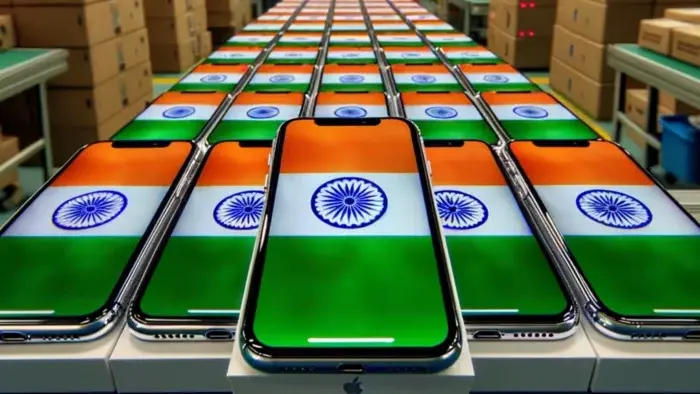As noted by The Financial Times, Apple is considering relocating the production of iPhones for the US market to India. This plan is in response to aggravating trade conflicts between the US and China. Apple seeks to find ways around the high tariffs imposed by Trump during his second term.
Apple to Shift U.S. iPhone Production to India Following Trade Issues with China

In 2017, Apple initiated changes to its supply chain when it entered an agreement with Wistron to set up an iPhone manufacturing plant in Bengaluru, India. The facility started by producing the iPhone 6s and the iPhone SE. This was aiming to lower the expenditures associated with importing phones manufactured in China due to high tax policies.
There is now even more incentive to relocate production. An April 2024 report claims that 14% of global iPhone production occurs in India. Analysts predict this figure will rise to 25% by the end of 2025. However, Apple has bigger expectations. The company plans to manufacture over 60 million iPhones in India by 2026—sufficient to meet the entire US market demand.
China remains the focal point of President Trump’s trade war. Chinese imports now have a staggering 145% tariff. While iPhones were temporarily exempted, Apple still pays a 20% import duty on Chinese electronics. This rate existed before Trump’s return to office. CEO Tim Cook has tried to negotiate relief, but so far, nothing is certain.
India also faces a new 26% tariff, though that has been suspended for 90 days. That gives India time to reach an agreement with America. U.S. Vice President JD Vance is currently in India and says that the two countries are making “very good progress.”
In 2024, nearly 28% of Apple’s worldwide iPhone shipments were to the United States. As tariffs and trade regulations change rapidly, investors are keeping a keen eye on this. Apple is due to publish its quarterly earnings report next week.
The shift to India is allowing Apple to minimize risk and save costs. It also illustrates how multinational companies are reexamining supply chains in a world where politics and commerce are inextricably intertwined.





